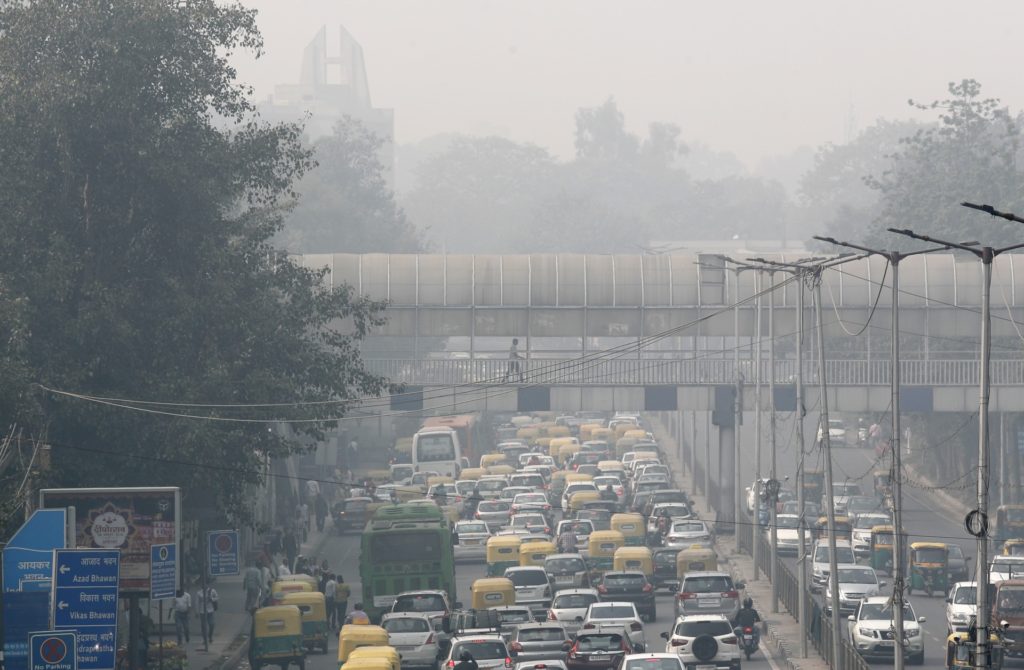On Tuesday, a US research team calculated that current air pollution levels in India’s national capital, Delhi, have reduced life expectancy by up to a decade. indian period reported.
The Lifetime Air Quality Index produced by the University of Chicago Energy Policy Institute (EPIC) released its final report on air pollution in India on 14 June. The analysis showed that India is the second most polluted country in the world after Bangladesh. With an overall shorter life expectancy for Indians.
“Air pollution shortens life expectancy in India by 5 years compared to what would happen if it meets the World Health Organization’s (PM2.5) fine particulate matter (PM2.5) pollution standard of 5 µg/m3,” the report says.
A pedestrian was walking over a vehicle on a bridge as the city was covered with thick clouds in New Delhi, India on Tuesday, November 12, 2019. The air quality index exceeds 400, which is about eight times the recommended maximum. (AP Photo/Manish Swarup, file)
“Some parts of India are worse than normal, air pollution is shortening life by nearly 10 years in the National Capital Territory of Delhi, the world’s most polluted city,” EPIC said.
According to the study, northern India has the highest levels of air pollution in the country, while the region known as the Indo-Gangetic Plain is experiencing the sharpest decline in life expectancy due to poor air quality. The 510 million people living in the plains make up about 40 percent of India’s estimated 1.4 billion population, and currently “would lose an average life expectancy of 7.6 years if current pollution levels continue,” says EPIC.
“Lucknow residents could lose 9.5 years of life expectancy if pollution levels continue,” the EPIC researchers added.
Lucknow is the capital of the state of Uttar Pradesh in northern India. Uttar Pradesh borders the national capital of India, Delhi, to the east.
The study found that particulate air pollution is the biggest threat to human health in India as it reduces life expectancy by five years. By comparison, malnutrition in children and mothers together lowers life expectancy in India by 1.8 years and smoking reduces life expectancy in India by 1.5 years.
EPIC measures fine particulate contamination in micrograms per cubic meter (µg/m³). The U.S. Environmental Protection Agency (EPA) defines particulate matter pollution (also known as particulate matter) as “a mixture of particulate matter and liquid droplets found in the air.”
“Particulate matter contains microscopic solid particles or liquid droplets that are small enough to be inhaled and cause serious health problems,” the EPA said in a statement. “Some particles less than 10 micrometers in diameter can penetrate deep into your lungs and some may even enter the bloodstream. Of these, particles smaller than 2.5 micrometers in diameter, also known as fine particles or PM2.5, pose the greatest health risk,” he said.
Source: Breitbart
